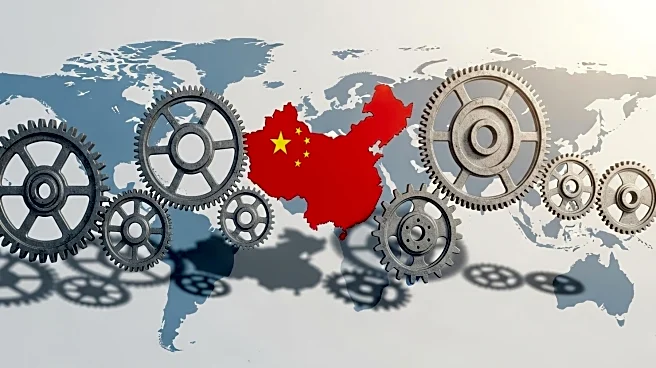What's Happening?
The United States plans to impose port fees on Chinese-owned or operated vessels, which is expected to increase costs for China's shipbuilding, shipping, and leasing companies. According to S&P Global Ratings, China's shipbuilders are anticipated to withstand the change with limited impact on their new order book for the next three years. Major Chinese leasing companies are expected to have buffers against potential downside risks, although uncertainties may arise beyond this timeframe. The new fees, starting mid-October 2025, will add costs to China-built or China-operated ships, testing the resilience of Beijing's maritime sector.
Why It's Important?
The introduction of US port fees on Chinese vessels is a significant development that could affect global trade dynamics and the maritime industry. While major Chinese companies may absorb the impact due to their scale and cost advantages, smaller players might struggle, potentially leading to shifts in market competition. This move could also influence international shipping costs and logistics, affecting global supply chains and trade relations. The strategic priority of China's maritime sector may drive further government support to mitigate these challenges, impacting economic policies and international negotiations.
What's Next?
As the fees take effect, Chinese shipbuilders and leasing companies will likely focus on strengthening their financial positions and diversifying their portfolios to mitigate risks. The long-term impact on China's maritime industry will depend on how these companies adapt to the new cost structures and potential changes in global trade policies. Stakeholders may closely monitor the situation to assess the broader implications for international shipping and trade relations.












